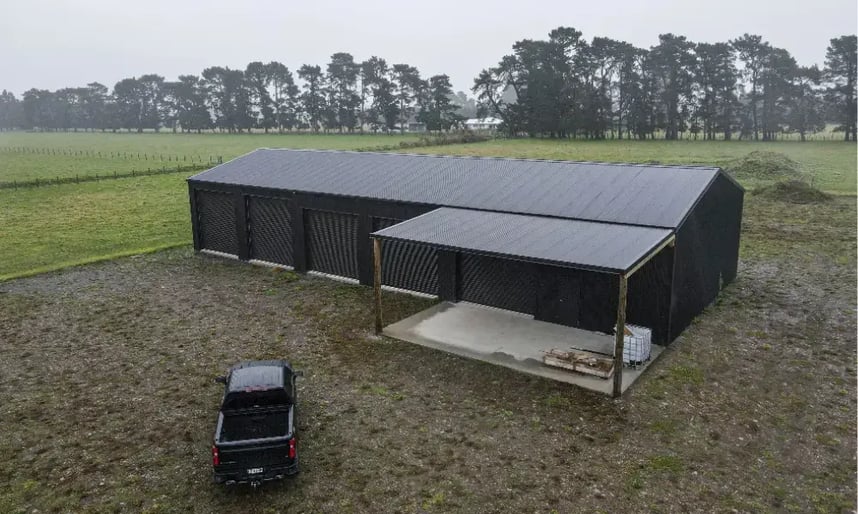Have you installed a new shed and noticed condensation forming on the inside of the roof cladding? While it isn't common, condensation can cause frustration so you may be wondering why this is ...
September 22nd, 2023
3 min read





.png?width=800&name=What%20is%20a%20pole%20shed%20(1).png)